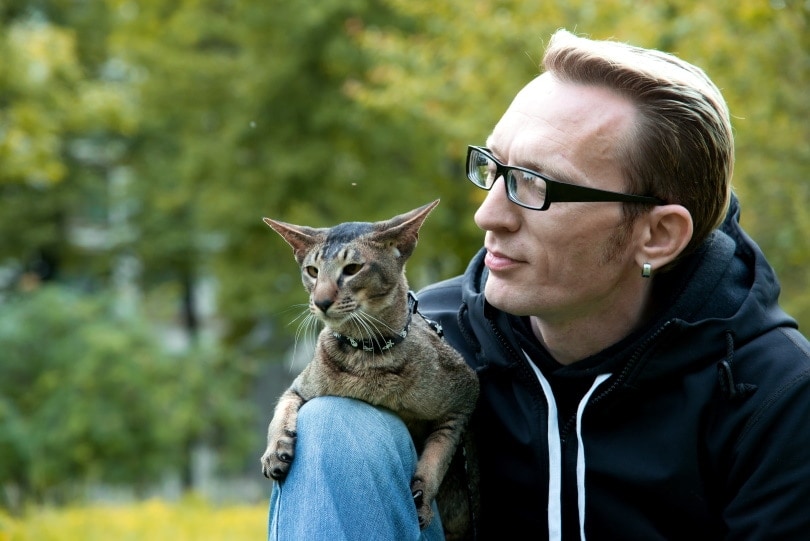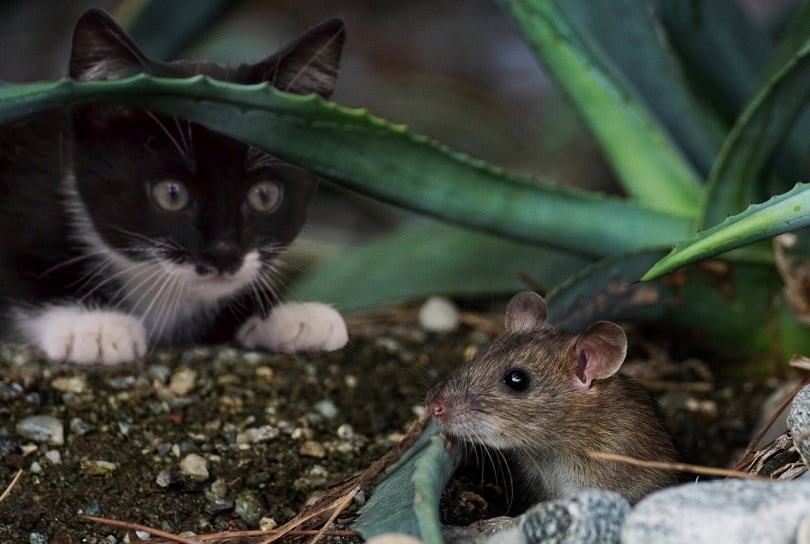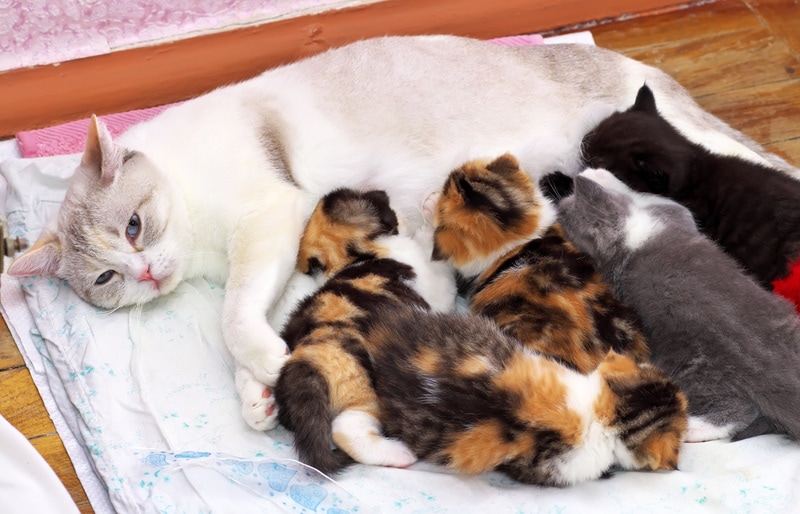Do All Cats Have Thumbs? Polydactyly Explained
By Hallie Roddy
Updated on
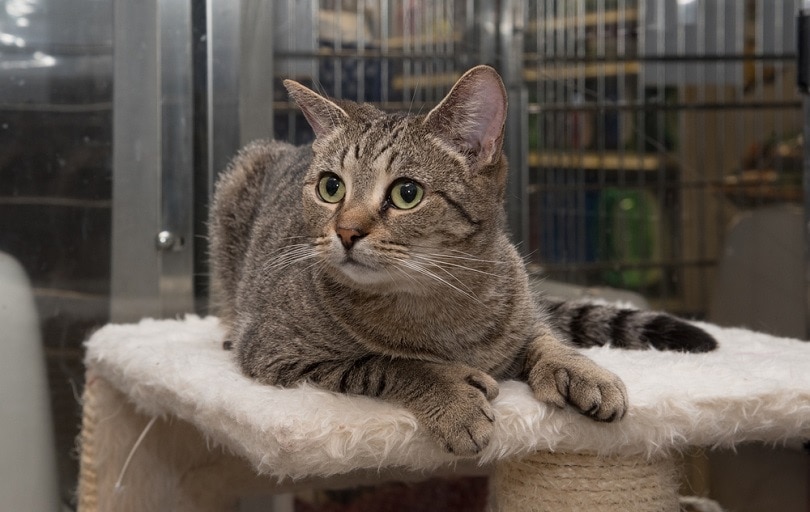
Is there really any cuter part of a cat than their little pink paws and toe beans? When it comes to polydactyl cats, they have even more of those little beans to love. Polydactyly is when a cat is born with more than its typical number of toes on its paws. Cats usually have five toes on their front paws and four toes on their back paws. Cats with polydactyly can have more than the normal number of toes on any paw. Because of the way the extra toes grow, it often looks like these cats have thumbs. Not every cat has this mutation. While it can affect any breed or sex, it is more common in specific regions around the world. Keep reading to find out more information about polydactyly genetics and some interesting facts along the way.
The History of Polydactyly
As we mentioned before, the occurrence of polydactyly is more common in some places than others— and it isn’t just because of breeding. Many people thought that cats with this mutation were better hunters and considered lucky. They were popular mouse hunters on ships that moved from England to Boston around the 1600s. This is exactly why they are more popular along the Atlantic coast than other parts of the country. Some people even purposely breed cats so that they have these extra toes.
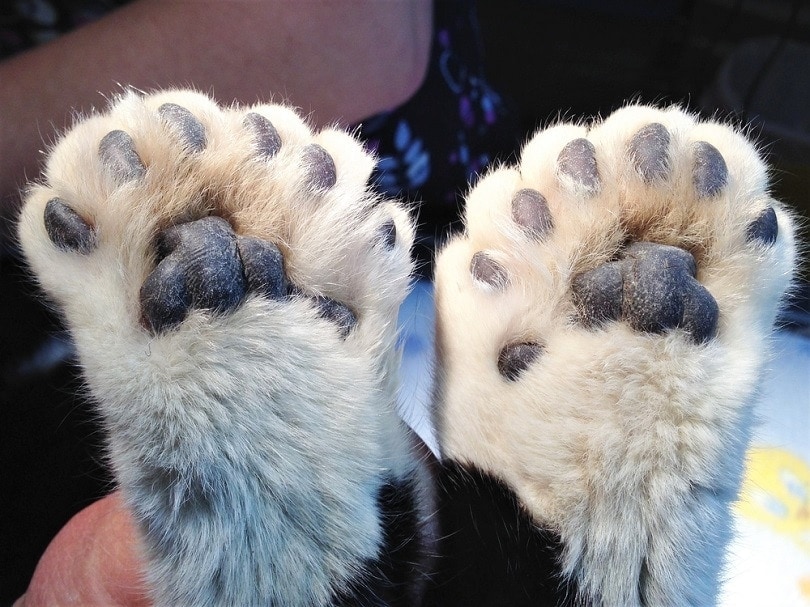
How Many Toes Do Polydactyl Cats Have?
The regular number of toes that a cat has is 18. There are five toes on the front paws and four toes on the back claws. However, some people consider this inaccurate because there is an additional dewclaw higher up on the leg that doesn’t bear any weight. This is sort of like the equivalent of a human thumb but doesn’t serve much purpose in today’s world.
Over 60 percent of cats with polydactyly only have extra toes on their front paws. Only 10 percent of cats have them on their back paws. Even then, most of these cats have symmetry on each side. The world record for the most toes ever recorded on a cat is 28 toes.
What are the Benefits of Having Polydactyly?
Think about it; the more toes that come in contact with the ground, the more surface area they cover. This can help with traction and enhance your cat’s overall movement to walk, stand, hunt, and climb. Of course, this isn’t a hard rule. Some owners of these cats report that they seem to perform the same as other cats.
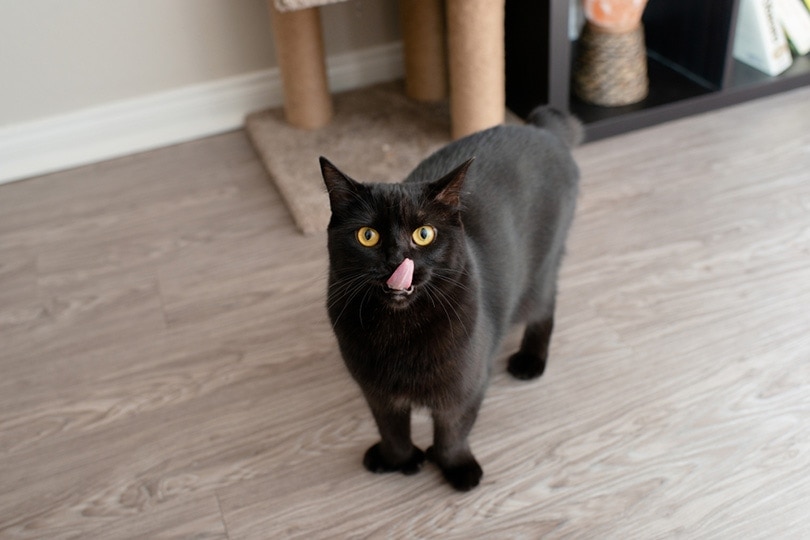
Are There Health Problems Associated with Polydactyl Cats?
Polydactyl cats are pretty much the same as all other cats. With the right diet and exercise, most of them live average lives. Sometimes, their toes do grow at an unusual angle and could cause some irritation with the paw. Keeping their nails trimmed, for example, could take some extra time, or you might have to monitor the areas to ensure they don’t have ingrown toenails or any type of inflammation or infections.
Some Fun Facts About Polydactyly and Cats
- Polydactyly is caused by a genetic mutation.
- It has been more common among Maine Coon cats.
- Ernest Hemingway loved polydactyl cats, and some people now refer to them as Hemingway cats.
- Many people consider these cats lucky because their wide paws made them more likely to catch mice.
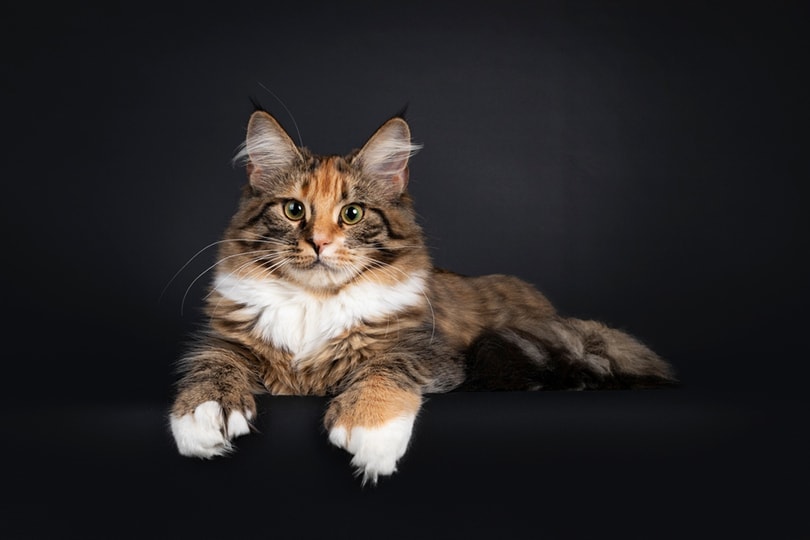
Does Polydactyly Change a Cat’s Temperament?
While some people claim that their polydactyl cats are calmer than other cats, there isn’t any scientific evidence to back this up. Polydactyl cats have regular personalities and behaviors as other cats. As you know, though, each cat has its own unique personality, and there is really no sure way of telling what a cat is going to act like. Some breeds are more inclined to certain characteristics, but there is never a 100 percent guarantee.
Are There Different Types of Polydactylies?
There are three different kinds of polydactyly. The first is postaxial and is when the extra digits are on the exterior side of the paw. The second is preaxial and refers to when the extra digits are on the medial side of the paw. The rarest is mesoaxial, and it is when the extra digits are in the central part of the paw.
Conclusion
There isn’t anything wrong with polydactyl cats. If anything, there is just that much more of them to love. Many people around the world find their unique feet adorable. There aren’t any severe effects from them either, so you’ll know that they can live a regular happy life along your side as all other cats would.
See also:
- How to Find Responsible Cat Breeders in Your Area: 6 Expert Tips
- 16 Best Cat Breeds For Catching Mice: How to Choose the Right One
Featured Image Credit: Melissa Sue, Shutterstock


